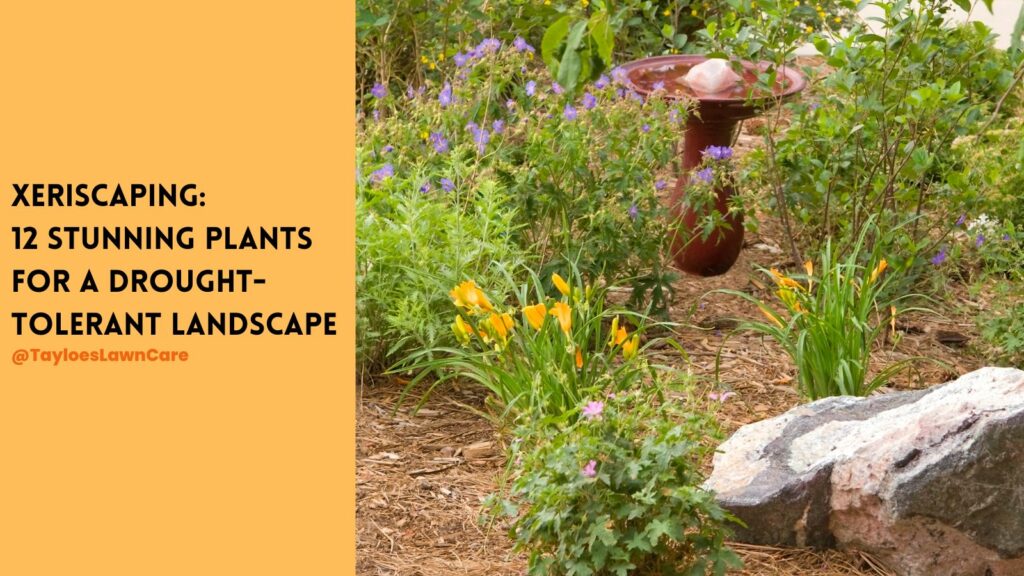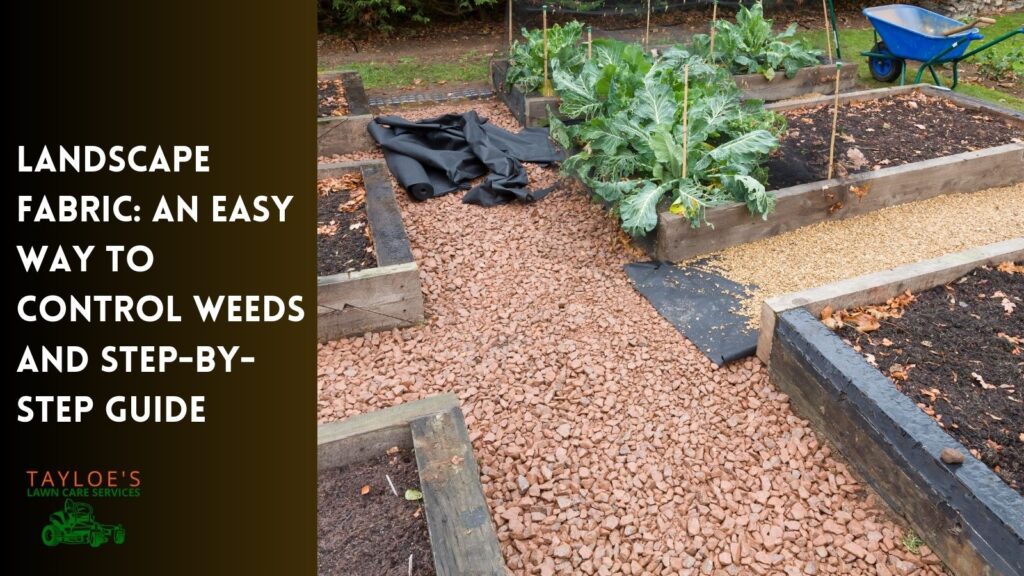Last Updated on: 2nd May 2024, 05:21 am
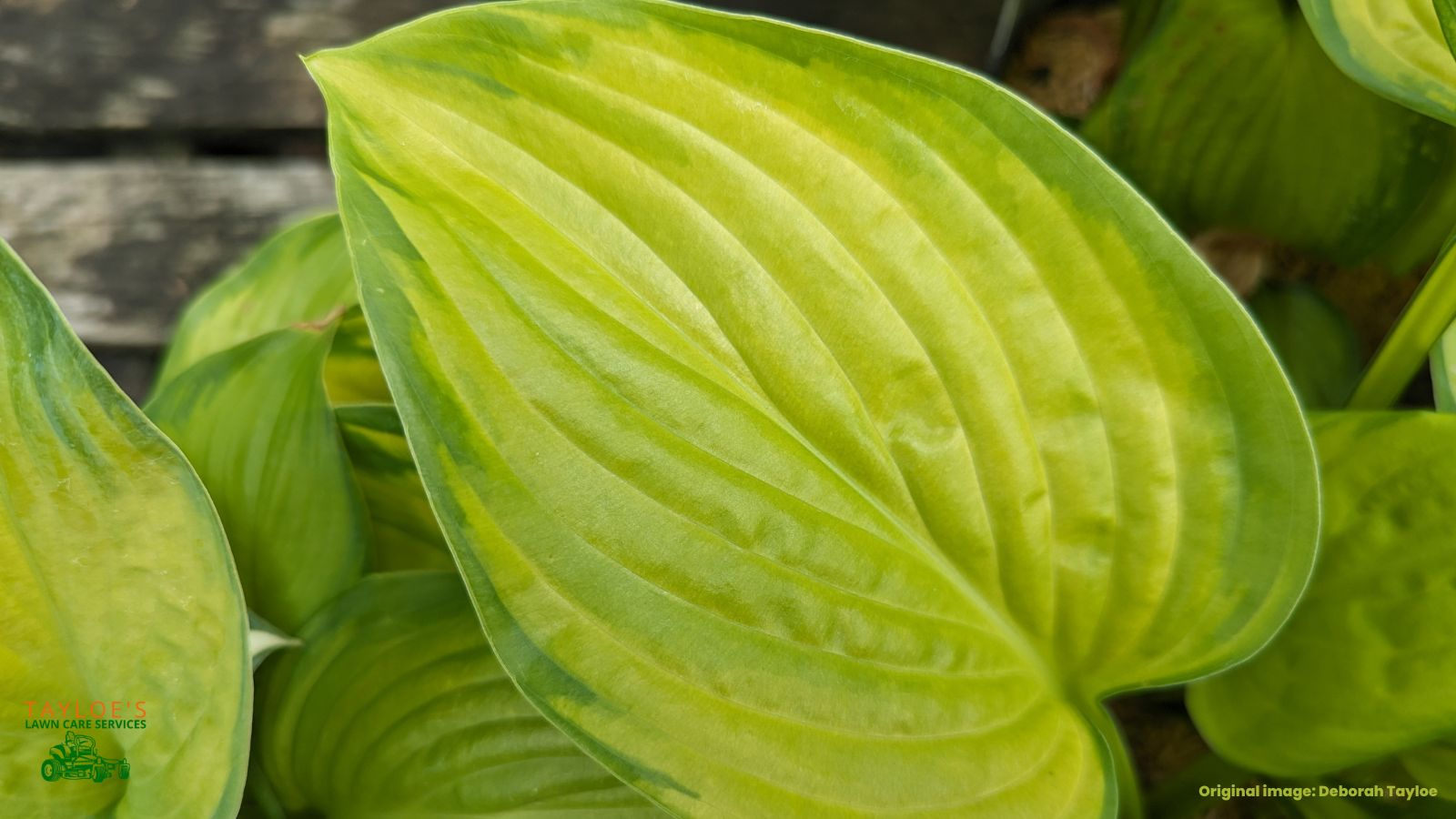
Pale lavender flowers complement every shade garden.
Hosta ‘Stained Glass’ is a super-popular hosta variety. Gardeners love this plant for its attractive foliage, which features bright gold leaves with glossy, dark green margins. The colors appear almost layered, giving it a beautiful stained-glass window effect. With our extensive lawn and garden care experience, we’ve found that hosta plants are among the easiest shade-loving perennials for anyone to grow. You only need well-drained soil, adequate moisture, and a shady spot.
Love hostas? Then please keep reading. This article will cover everything you want to learn about Stained Glass Hostas, from the growing season to how sun-tolerant they might be.
Overview of Hosta ‘Stained Glass’
Stained glass hosta is a low-care beauty. Here’s a quick overview of its needs:
USDA Hardiness Zones: 3-9; perennials
Light Conditions: Full shade or dappled shade (it will tolerate short periods of full sun in the morning)
Soil pH: 6.0 to 7.5
Soil Types: Rich, moist
Planting Time: Early spring in moderate to warm USDA zones; late spring to early summer in cooler zones.
Average water needs
Flower color: Fragrant pale lavender flowers
Growing Season: Spring through fall (dormant in the winter)
Showy, Attractive Foliage
Hosta ‘Stained Glass’ foliage is one of its most striking features. This beauty is a true standout in any garden. Here’s a detailed look at its foliage:
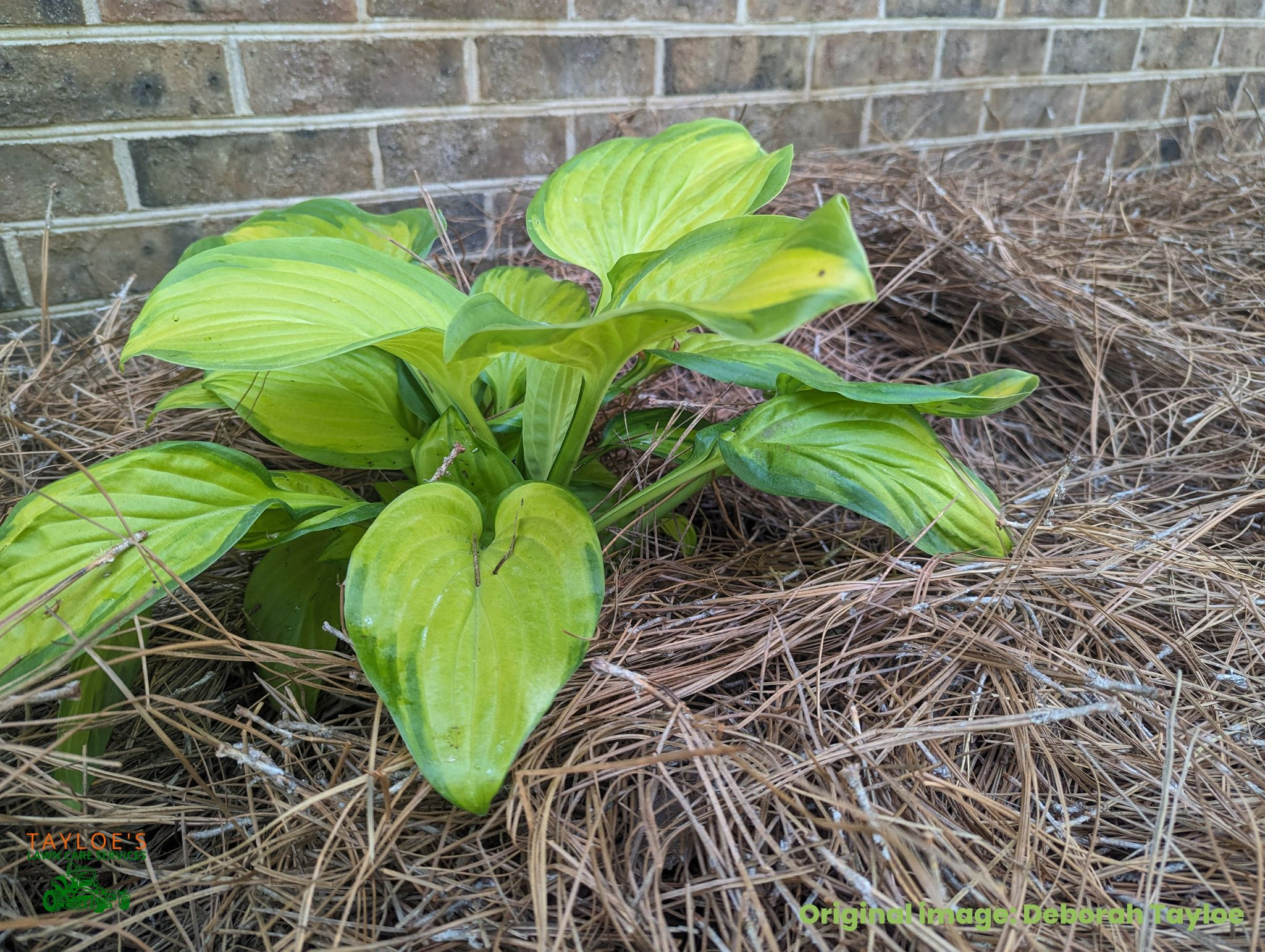
Stained Glass Hosta Foliage Texture and Shape
The leaves are large and heart-shaped with a somewhat waxy texture. It gives them a lustrous look. This waxy coating also helps to repel pests and resist some diseases.
Leaf Color and Patterns with Prominent Veining
Its vivid light gold center and wide, deep green edges set the leaves of Stained Glass Hosta apart from others. The contrast between the prominent veins, the bright gold center, and the darker edges creates a stunning stained glass effect. You probably guessed that from the name.
Large Show-off Plant Size
Each Stained Glass Hosta leaf can grow to be quite substantial, often reaching up to ten inches long and wide, which allows ‘Stained Glass’ to fill space beautifully in garden scapes.
Caring for Stained Glass Hosta
Hosta ‘Stained Glass’ is relatively low-maintenance but performs best in rich, moist soil. While it can tolerate the morning sun better than many hostas, it still benefits from some shade in the summer. To keep the foliage looking its best, it’s important to provide regular watering, especially in dry conditions. You should also plan to mulch around the base to retain soil moisture and regulate soil temperature.
Removing any damaged or yellowing leaves periodically will help to maintain the plant’s health and appearance. Additionally, providing a balanced, slow-release fertilizer in the spring can promote vigorous growth and enhance leaf coloration.
Beautiful, Fragrant Flowers in a Lovely Lavender Hue
Hosta ‘Stained Glass’ is particularly noted for its fragrant pale lavender flowers, adding a delightful sensory aspect to its already impressive looks. Here’s a little more information about these flowers:
Tall Flowers Make a Late Summer Appearance
The flower stalks of Hosta ‘Stained Glass’ can reach heights of about 24 inches, standing tall above the foliage. Bloom time starts in the late summer, usually August to September. The timing offers a burst of color when many other garden plants start to fade.
Fragrant Flowers Have an Appearance and Flower Color That’s Attractive
Hosta ‘Stained Glass’ flowers are on a tall stem. Blossoms are tubular and bell-shaped, with a pale lavender color. They are fragrant, somewhat unusual for hostas, and highly valued for adding visual and olfactory appeal to gardens.
Caring for Spent Flowers
Deadheading the spent blossoms to maintain plant health and aesthetic appeal is a good idea. This involves removing the flower stalks once the blooms have faded and before they set seed. Deadheading helps direct the plant’s energy towards root and foliage development rather than seed production. Simply cut the flower stalks at the base near where they emerge from the foliage. This can also help prevent any unwanted self-seeding and keep the garden tidy.
Growing Stained Glass Hosta in the Ground Versus a Container
Growing Hosta ‘Stained Glass’ in the Earth versus in a container offers different benefits and considerations. Both methods can succeed depending on your gardening space. Here’s a detailed comparison:
Growing in the Ground
Advantages:
Space for Growth: Hostas planted in the Earth have more room to spread their roots, leading to healthier, more robust plants.
Natural Environment: A garden bed provides a more stable environment for temperature and moisture, which can help reduce plant stress.
Less Maintenance: Ground-planted hostas typically require less frequent watering and feeding than containers because the soil retains moisture and nutrients better.
Considerations:
Soil Quality: To support healthy hosta growth, soils must be quick-draining and rich in organic matter. You may need to amend poor soil with compost or other organic materials.
Permanent Location: Once established, hostas do not like to be moved. Choose a location where the plant can thrive for many years without being disturbed.
Pest Control: Slugs and snails can damage hostas. Planting them in a garden bed may require more vigilance than in a pot.
Growing in a Container or Pot
Advantages:
Flexibility: A pot lets you move your hostas around to manage sunlight exposure.
Control Over Soil: You have complete control over the soil environment in a pot. it’s ideal for achieving the perfect balance of drainage and nutrient content.
Decorative Appeal: Containers can add an extra aesthetic element to patios, decks, or balconies, allowing for gardening in urban settings without traditional garden space.
Considerations:
Watering Needs: Hostas in a pot will dry out faster and require more frequent watering, especially in the summer heat.
Nutrient Requirements: Container plants deplete their soil’s nutrients quicker and need regular feeding with a balanced fertilizer.
Winter Protection: In colder climates, potted hostas may need protection during the winter because their roots are more exposed to freezing temperatures. Options include moving the pot to a sheltered area or insulating them.
General Tips for Both a Pot or Containers
Sunlight: Though ‘Stained Glass’ is more sun-tolerant, it still benefits from partial shade, especially in the afternoon.
Watering: Ensure consistent moisture, particularly in hot, dry periods, but avoid waterlogging.
Fertilizing: A balanced, slow-release fertilizer in early spring can help promote vigorous growth and vibrant foliage.
Whether you choose to plant Hosta ‘Stained Glass’ in the ground or in a container, both methods can yield beautiful results if the plant’s basic needs are met. All it needs is a shady spot and a late-season pruning to remove old foliage, and you’ll see new growth early next spring with no other effort.
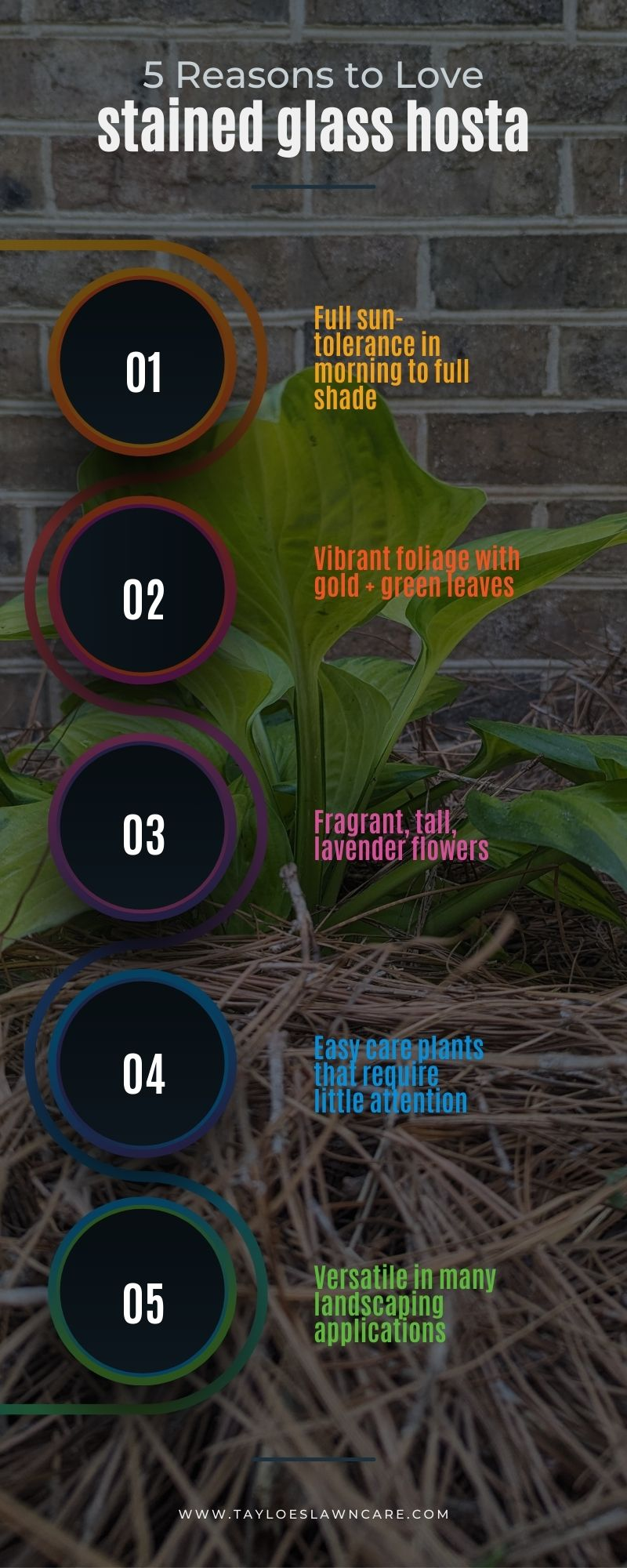
Is Hosta Stained Glass Common?
This beauty is a shade garden favorite. Its prominent veins and stained glass window effect are almost irresistible to many gardeners. It’s so popular that the American Hosta Growers Association nominated it for the Hosta of the Year award – and it won! – in 2006.
Using 2006’s Hosta of the Year in Your Landscape
Hosta ‘Stained Glass’ is exceptionally versatile in most landscapes due to its striking foliage and tolerance for a little full sun. Here are some ideal ways to incorporate this hosta into your landscape:
Woodland Gardens: Its bold colors are perfect for brightening up woodland beds. The plant thrives under the full or dappled shade of trees, providing a vibrant underplanting in more naturalistic settings.
Shade Gardens: Hosta ‘Stained Glass’ is well-suited for full or partially shaded areas where its gold-toned leaves can lighten darker spaces. It’s effective in visually impacting deeply shaded garden spots or under tree canopies.
Specimen Planting: This hosta’s distinctive look makes it a great specimen plant. You can use it to draw attention to specific areas of your garden, such as near garden benches or in view from windows.
Mass Plantings: Use it in a mass planting along borders or pathways for a dramatic effect. Its consistent height and color make it ideal for creating a cohesive look in large beds or along fence lines.
Natural Areas: It fits well in natural areas where its less formal beauty blends seamlessly with native plantings.
Remember, while Hosta ‘Stained Glass’ is more sun-tolerant than many other hostas, it still benefits from protection against the harsh afternoon sun to prevent leaf scorch. It prefers moist, well-drained soil and benefits from regular watering.
Propagate by Division (Cost-saving Benefit!)
Hosta ‘Stained Glass’ can be propagated by division, ideally in early spring or fall. Dig up the plant, carefully separate the root clumps into smaller sections, ensuring each has several shoots, and replant immediately.
Stained Glass Hosta Is One of Our Top Recommendations
We often recommend the stained glass hosta to our clients. You’ll love how the colors vary in different lights. They’re lovely plants that can take full sun in the morning but mostly love shady spots in the yard. Need help putting in Stained Glass Hosta plants in your yard? Leave the work to Tayloe’s Lawn Care Services, LLC. Connect with us at 252.287.3376 today.
Author Profile

- Deborah Tayloe is the CEO and co-founder of Tayloe's Lawn Care Services, LLC. She has a B.S.Ed and holds certificates in soil and water management and herbology from accredited programs.
Latest entries
 Trees and ShrubsApril 22, 2025Boxwood Blight: Early identification and isolation
Trees and ShrubsApril 22, 2025Boxwood Blight: Early identification and isolation Flower GardenApril 8, 2025John F. Kennedy Rose: Hybrid tea rose with elegant white blooms
Flower GardenApril 8, 2025John F. Kennedy Rose: Hybrid tea rose with elegant white blooms Vegetable GardenMarch 24, 2025Trellis vegetables provide an abundant vertical garden harvest
Vegetable GardenMarch 24, 2025Trellis vegetables provide an abundant vertical garden harvest GardeningMarch 17, 2025Are coffee grounds good for compost?
GardeningMarch 17, 2025Are coffee grounds good for compost?






